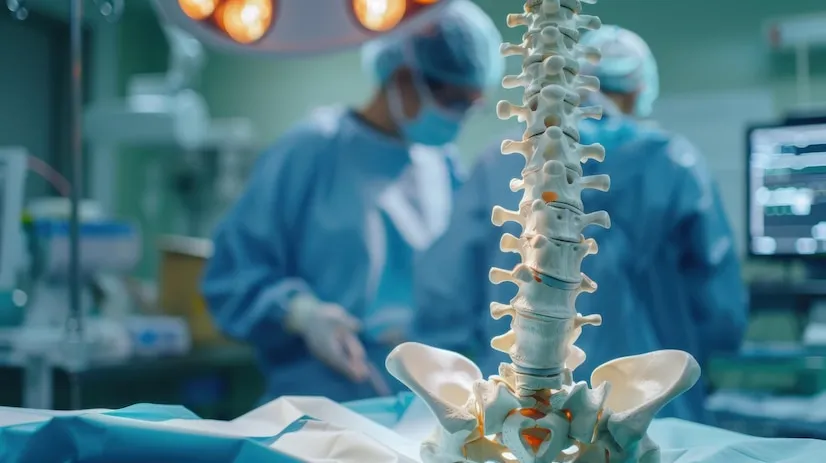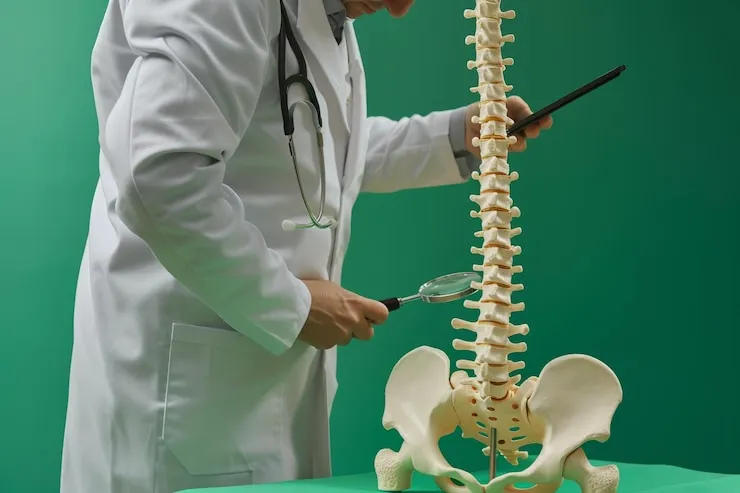Microdiscectomy: A minimally invasive procedure used to remove a herniated disc through a small incision. It is typically performed for lumbar disc herniation, which occurs when a disc bulges or ruptures, pressing on the spinal nerves. The surgeon makes a small incision in the back and uses specialized tools to remove the herniated disc material. This procedure can help relieve pain, numbness, and weakness in the legs and feet.
Laminectomy: A minimally invasive procedure that involves removing a portion of the lamina, a bony arch that protects the spinal cord. It is typically performed to relieve pressure on the spinal nerves caused by stenosis, a narrowing of the spinal canal. The surgeon makes a small incision in the back and uses specialized tools to remove a portion of the lamina. This procedure can help relieve pain, numbness, and weakness in the legs and feet.

